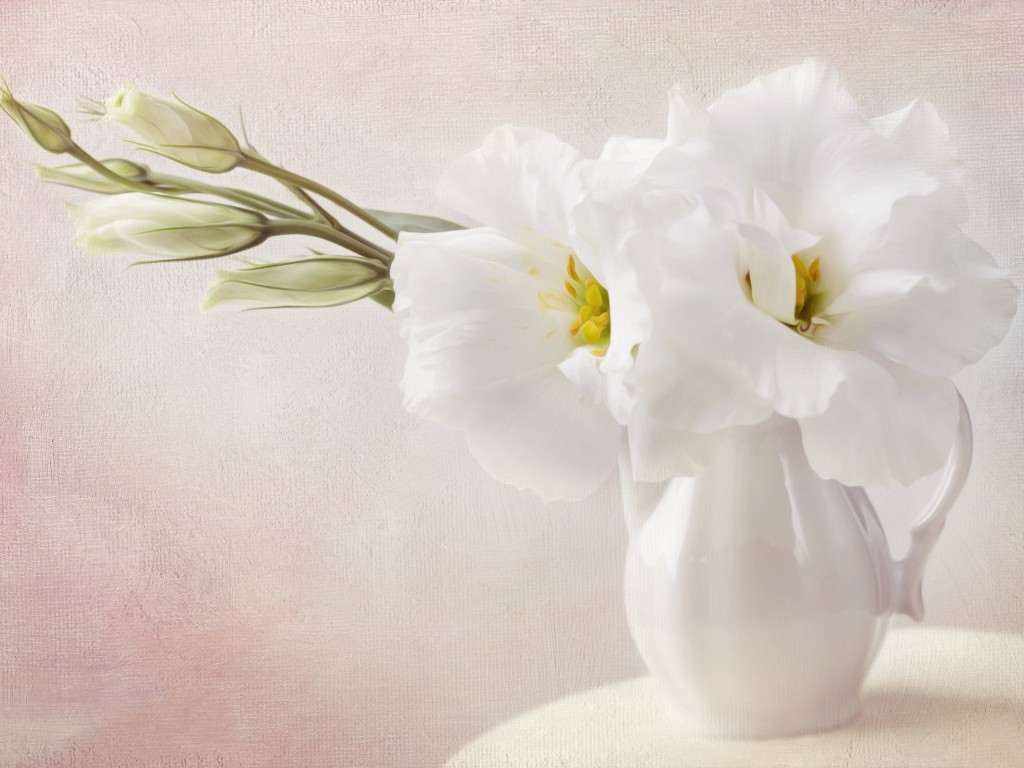
How bacteria affects cut flowers
By now, you must have received at least one or two fresh flower deliveries. When you think back, you may recall that a small package of flower preserve was also included with your arrangement. This is quite a common practice among florists and these preservatives are designed to help your bouquet stay beautiful for as long as possible. When your flowers are delivered to your door, there are a few important guidelines that you need to follow including adding this preservative to the vase water. These preservatives are made from special ingredients to help limit the growth of bacteria. Bacteria is known for growing at an extremely fast rate and, while you can’t stop this completely, you can at least slow it down.
Take a look at the palm of your hand and imagine just how many types of bacteria are living on your skin. Your hands will carry bacteria mainly because you use them to open doors, hold handles, railings and so on. In a similar manner, plants are also known to carry bacteria. Bacteria makes itself at home on the stems and leaves. Since the leaves are larger than the stems, you can understand why they carry more bacteria.
Now, when you submerge the bacteria covered stem in water, you are providing the bacteria with exactly what it needs to grow and flourish. As soon as you place your cut flowers in the vase, bacteria will begin to feed on the nutrients that are released from the base of the stems. If you don’t add a flower preservative to the water, bacteria can grow and take over in a matter of days. You might not see it at first but the stems and vase will get slimy.
As the amount of bacteria in the vase increases, it will grow closest to its main food source – the cut base of the stem. As it multiplies here, it will completely overgrow the cut portion and clog the stem up. This will make it extremely difficult for the stem to absorb the water and nutrients it needs. Think of drinking through a straw versus drinking through one that you pinch between your fingers. When you slow down the rate of absorption, the flower will perish sooner than it should.
As mentioned previously, you cannot completely eliminate bacteria from the water. That said, by knowing and understanding how it forms and the kinds of conditions it needs to grow, you can limit its effect. In order to do so, you should start by trimming all the leaves on the stem that could find themselves below the waterline in the vase. The less plant material you have in the water, the better. Likewise, only add enough water to cover a small section of the base of the stem. You should also trim the ends of the stems at an angle so that they have a large surface area for absorption. Add flower preservative to the water as per the instructions on the package. Take the time to change the vase water every 2 to 3 days. When you do, you may want to give the flower stems a trim too. Don’t forget to add more flower preservative every time you change the water and give your vase good clean too.
